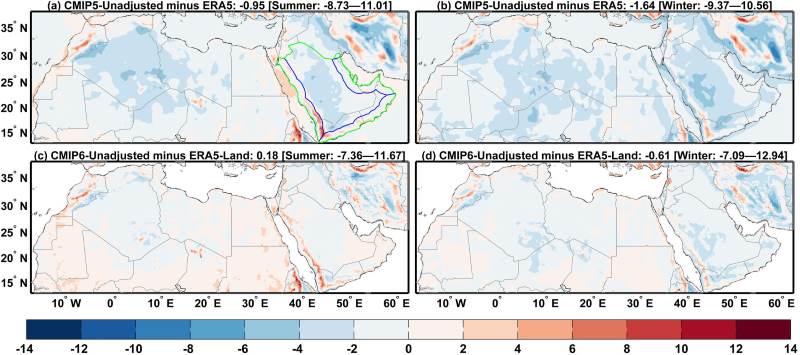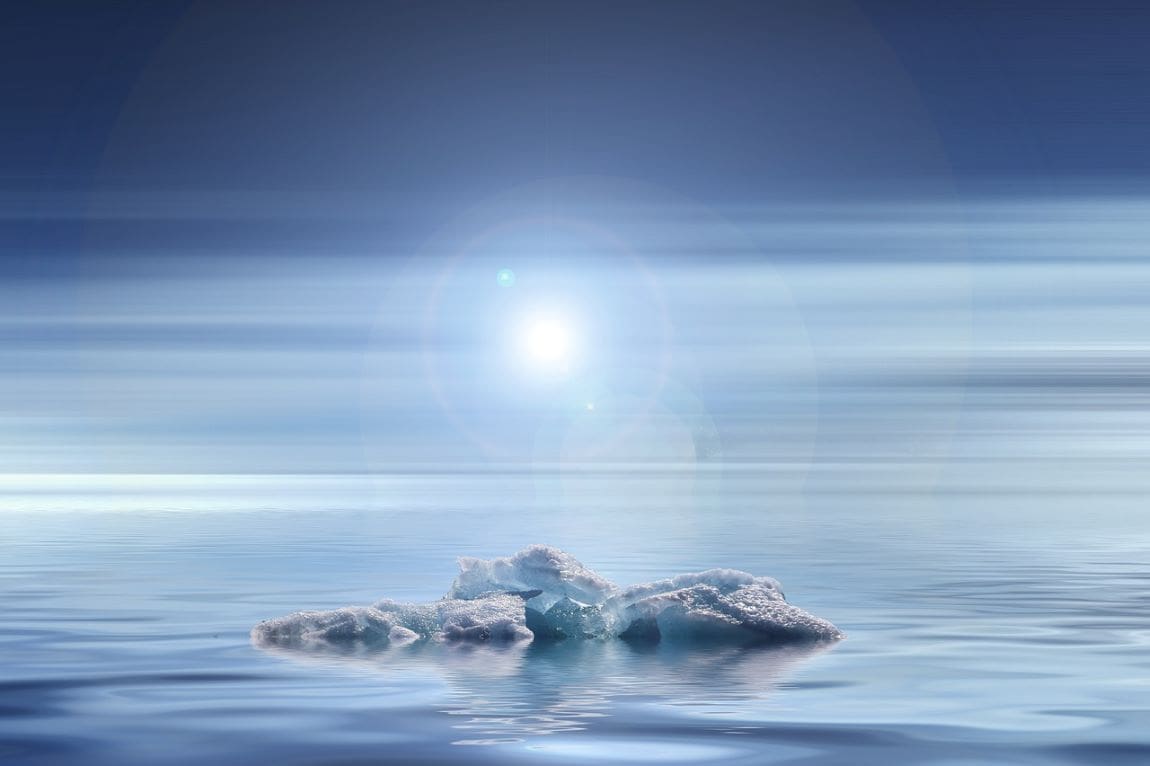Environmental impacts of plastics: Moving beyond the perspective on waste
A UFZ team analyses the impacts of plastics on climate change, biodiversity loss and environmental pollution.
The United Nations have introduced the term “triple planetary crisis” to describe the interlinked global crises of climate change, biodiversity loss and environmental pollution. The UN is using this term to highlight the interdependence and mutual impact of these crises on ecosystems, societies and economies. However, while the contribution of plastics on environmental pollution appears to be well researched, biodiversity and climate change have received comparatively little attention.
“Scientific understanding of the interactions of these crises with regard to plastics is currently patchy and unevenly distributed,” concludes author and UFZ hydrogeologist Dr Christian Schmidt.

The UFZ researchers operate over a wide range of disciplines from hydrology, toxicology, microbiology and environmental chemistry to social sciences and are part of the UFZ’s Microplastics Competence Cluster. They evaluated more than 19,000 scientific studies in preparing this article.
The findings are very clear: 17,463 of the evaluated studies address the negative impacts of plastics and associated chemicals on environmental pollution, only 1,279 consider the impacts on climate change and a scant 652 focus on the impacts on biodiversity.
“There is an extremely divergent drift in the available knowledge,” summarizes Prof Annika Jahnke, author and UFZ environmental chemist.
A comprehensive knowledge base is available for environmental pollution, particularly concerning the plastics life cycle. Since the 1950s, approximately 9,200 million tons of plastics have been produced around the world. Of this, 2,900 million tons are currently in use, comprising 2,700 million tons of primary plastics and roughly 200 million tons of recycled material. 5,300 million tons have ended up in landfills and 1000 million tons have been incinerated. It is also known that between 1,750 and 2,500 million tons are considered “mismanaged”, meaning that they can leak into the environment in an unplanned manner.
The hazards that plastic-associated chemicals pose to humans and environmental organisms and the impact of plastics on oceans, soils and freshwater ecosystems are also regarded as well researched. However, going further into detail reveals knowledge deficits here as well, which in turn correspond to research gaps: How are plastics in the environment transported further by wind and water? How much plastics reach the oceans? Where do plastics accumulate in the environment? What are the effects of UV radiation, temperature differences or mechanical stress on plastics and the chemicals they contain?
Furthermore, only a paucity of studies deal with the effects of plastics on the atmosphere and the cryosphere, which is that part of the Earth’s surface where water is present as snow or ice. Nanoplastics have also generally been the subject of less research than microplastics. There are significantly more studies on microplastics, as the particles are larger and could therefore be studied by a large number of institutions for some time.
The chemical composition of the plastics is also largely unknown, as they contain many added chemicals in addition to the polymer. Examples of these are UV stabilizers, plasticizers or associated processing aids that can be used to facilitate processing of the plastics or to lend them specific desired properties. To date, roughly 640 million tons of additive chemicals have been added to plastic products.
“But little is known about how they are released and what consequences they have for people and the environment,” explains Annika Jahnke.
Research on the effects of plastics on climate change is also limited. For example, there is the question of the extent to which greenhouse gas emissions are caused by plastics production, the extent to which plastics affect biogeochemical cycles in the global oceans or how plastics change the albedo, i.e. how much solar radiation is reflected back from the earth’s surface. (Continue to read)
Journal Reference:
Christian Schmidt, Dana Kühnel, Dušan Materić, Jessica Stubenrauch, Kristin Schubert, Anran Luo, Katrin Wendt-Potthoff, Annika Jahnke, ‘A multidisciplinary perspective on the role of plastic pollution in the triple planetary crisis’, Environment International 193, 109059 (2024). DOI: 10.1016/j.envint.2024.109059
Article Source:
Press Release/Material by Helmholtz Centre for Environmental Research – UFZ
Geospatial mapping study shows drought trend in Ag-dominated Arkansas Delta
Satellite imagery used to analyze vegetation health over past two decades.
The Delta, a regional powerhouse for Arkansas agriculture built by river flows, is showing a trend of increasing droughts.
Using satellite imagery, Arkansas Agricultural Experiment Station researchers comprehensively analyzed drought dynamics over five years to reveal this and other short and long-term climate trends in Arkansas.

Hamdi Zurqani, an assistant professor of geospatial science for the College of Forestry, Agriculture and Natural Resources and the Arkansas Forest Resources Center at the University of Arkansas at Monticello, developed the Arkansas Vegetation Drought Explorer v.2.0 as part of a drought mapping study. The user-friendly web app gives users access to maps showing drought levels in Arkansas by county, year and month.
“One of the reasons we did this study was that there is no state climatologist and no state climate office in the state of Arkansas,” Zurqani said. “This kind of data set can show the trend. For example, if you select from 2000 to 2024 within sub ranking, you can see what’s going on within that specific region to determine what you may expect next year because we predict the future on the past.”
The results from the drought mapping study were published in the Ecological Indicators journal.
The lead author was UAM forest resources graduate student Shadia Alzurqani. Co-authors included Zurqani, Don White, Jr. and Kathleen Bridges all colleagues at UAM’s College of Forestry, Agriculture, and Natural Resources. Shawn Jackson with the Arkansas Department of Agriculture’s Division of Natural Resources was also a co-author.
Improving drought management
“Overall, the study and the associated app have the potential to significantly improve drought management, water resource planning and climate change adaptation in Arkansas and other regions facing similar challenges,” Zurqani said.
The data and combined interactive map provide an essential foundation for policymakers, environmental scientists, and agricultural stakeholders looking to mitigate drought impacts and safeguard against future climate uncertainties, Zurqani added.
The Arkansas Water Resources Center, a part of the University of Arkansas System Division of Agriculture, funded the study through the U.S. Geological Survey 104(b) program with matching funds provided by the Division of Agriculture and University of Arkansas Monticello. The experiment station is the research arm of the Division of Agriculture.
How it works
The Arkansas Vegetation Drought Explorer is a user-friendly web application, which leverages MODIS satellite imagery to display drought severity across Arkansas. Users can select county and timeframes for which they want to observe and the app generates drought severity maps based on Vegetation Health Index.
The Vegetation Health Index is a metric that combines satellite-based observations of vegetation conditions and temperature. Healthier vegetation reflects more sunlight, while stressed or drought-affected plants reflect less, indicating potential drought conditions.
By analyzing these patterns over time, the Vegetation Health Index can distinguish between normal and drought-affected areas, with the color-coded map displaying levels of severity – ranging from green for healthy vegetation to red for extreme drought. This allows users to track how drought conditions evolve and impact vegetation health across Arkansas. (Continue to read)
Journal Reference:
Shadia A. Alzurqani, Hamdi A. Zurqani, Don White Jr., Kathleen Bridges, Shawn Jackson, ‘Google Earth Engine application for mapping and monitoring drought patterns and trends: A case study in Arkansas, USA’, Ecological Indicators 168, 112759 (2024). DOI: 10.1016/j.ecolind.2024.112759
Article Source:
Press Release/Material by University of Arkansas System Division of Agriculture
Staggering temperature rise predicted for the Middle East and North Africa
Some parts of the region, which is already warming at the same rapid rate as the Arctic, could see up to 9 degrees Celsius of warming.
The Middle East and North Africa (MENA), which already include some of the hottest and driest spots on Earth, are undergoing accelerated climate change and will reach warming thresholds two to three decades earlier than the rest of the world, a new study reports.
By 2100, parts of the Arabian Peninsula could experience up to 9 degrees Celsius (16.2 degrees Fahrenheit) of warming.
The region, which already has record-breaking summer temperatures, is currently close to exceeding 2 degrees Celsius (3.6 degrees Fahrenheit) of warming on average compared to pre-industrial temperatures. Additional warming in the region could make some areas uninhabitable without adaption measures.

“When we talk about the Paris Agreement, we say that we should try to limit global warming to 1.5 degrees Celsius, and that we should not exceed two degrees Celsius,” said Abdul Malik, a climate scientist at King Abdullah University of Science and Technology and the study’s lead author. “But in parts of the Middle East and North Africa, warming has already surpassed 1.5 and 2 degrees Celsius.”
The research was published in the Journal of Geophysical Research: Atmospheres, an open-access AGU journal that publishes research advancing the understanding of Earth’s atmosphere and its interaction with other components of the Earth system.
Modeling a rapidly warming region
The Middle East and North Africa are predominantly desert ecosystems, with most of the population living in coastal areas. Predictions from previous climate models have both over- and under-estimated warming in the region, so a more nuanced understanding of warming across the region has eluded scientists.
In this study, the researchers used CMIP5 and CMIP6 models to analyze the Middle East and North Africa at high spatial resolution (81 square kilometers, or approximately 50 square miles) and understand warming in the region in more detail.
“Although previous studies have shown that the region is warming much faster than other areas, we have shown that the warming rate is not consistent across the region,” Malik said. “And this warming rate could vary between 1.5 to 3.5 times faster than the global average.”
The rapid rate means that the Middle East and North Africa could reach 3 and 4 degrees Celsius of warming (5.4 and 7.2 degrees Fahrenheit) nearly three decades earlier than most of the globe. That warming will be especially rapid in inland areas of the Arabian Peninsula.
A hot region gets hotter
The Middle East and North Africa include some of the hottest regions on the planet – and the researchers predict continued dramatic warming. The central Arabian Peninsula is already warming up to three times faster than the rest of the world, the study found. That rate is on par with warming in the Arctic.
By 2100, the Arabian Peninsula could warm on average by 2.6 degrees Celsius (4.7 degrees Fahrenheit) under low emission scenarios, and by 7.6 degrees Celsius (13.7 degrees Fahrenheit) under high emission scenarios.
That’s because the Middle East and North Africa’s dry deserts can’t easily cool down through soil moisture evaporation, in contrast to their humid equatorial counterparts elsewhere on the globe.
“Desert regions warm almost as fast as polar regions, and they have much higher temperatures,” said Georgiy Stenchikov, a retired climate scientist and one of the study’s co-authors. “So the temperature threshold is reached much faster than in polar regions.”
Because of coastal cooling, heavily populated areas along the southern and west coasts of the Arabian Peninsula, including Oman, are not currently warming as fast as inland areas and the peninsula’s east coast.
Warming rates are not consistent across the seasons. The researchers found summer hotspots over the central Arabian Peninsula, including the populous Riyadh Province, and Algeria, and winter hotspots over Mauritania and Iran’s Elburz Mountains.
If the world meets low-emissions targets, the rate of warming in the Middle East and North Africa could slow by up to 38%. Individual cities could also try to adapt to the extreme heat through urban greening and architectural solutions.
“Adaptation will be necessary, and these adaptation measures could be tested and developed in the Middle East and North Africa,” Stenchikov said. “Global warming is a global problem, so you cannot prevent it in just one place. But you can develop artificial environments in regions with high populations.”
Journal Reference:
Abdul Malik, Georgiy Stenchikov, Suleiman Mostamandi, Sagar Parajuli, Jos Lelieveld, George Zittis, Muhammad Sheraz Ahsan, Luqman Atique, Muhammad Usman, ‘Accelerated Historical and Future Warming in the Middle East and North Africa’, JGR: Atmospheres 129 (22): e2024JD041625 (2024). DOI: 10.1029/2024JD041625
Article Source:
Press Release/Material by American Geophysical Union (AGU)
Featured image credit: Gerd Altmann | Pixabay




